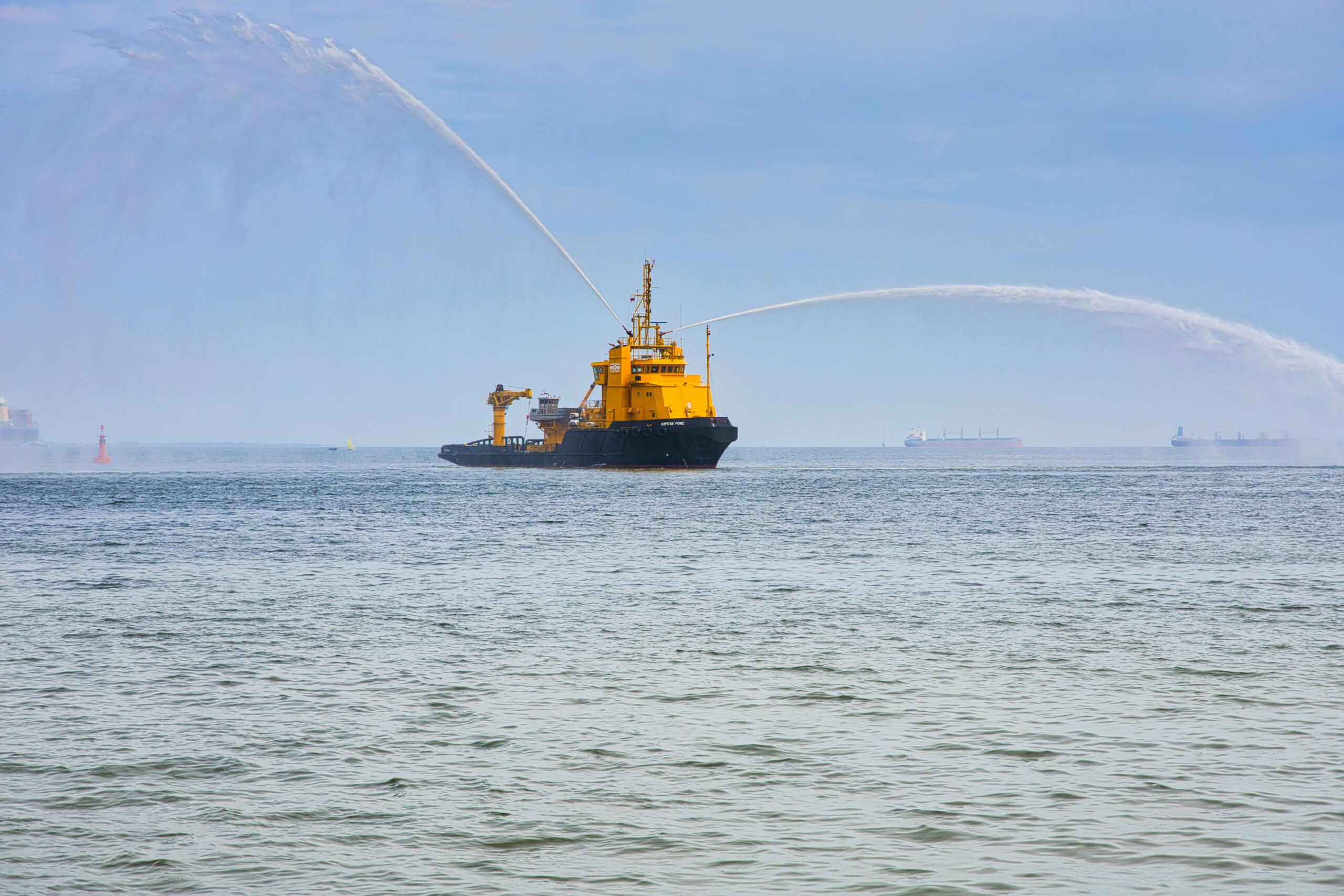Ever had your dream day on the water turn into a nightmare because you forgot about boat rental insurance? Or worse, what if something went wrong and you weren’t prepared with knowledge of Coastal Rescue Protocols? Yeah, that sinking feeling in your stomach isn’t just seasickness—it’s realization. Let’s dive deep into how understanding rescue protocols can save both lives and wallets when renting boats.
In this guide, we’ll unpack why these protocols are critical, share actionable steps to ensure safety, and explore tips to maximize your peace of mind while out on the waves. By the end, you’ll understand how Coastal Rescue Protocols fit into your boating strategy like sunscreen fits into a beach bag—absolutely essential.
Table of Contents
- Why Coastal Rescue Protocols Matter More Than You Think
- Step-by-Step Guide to Navigating Coastal Rescue Protocols
- Top Tips for Combining Safety & Boat Rental Insurance
- Real-Life Scenarios Where Protocols Saved the Day
- Frequently Asked Questions About Coastal Rescue Protocols
Key Takeaways
- Coastal Rescue Protocols act as an invisible lifeline during emergencies at sea.
- Boat rental insurance often requires adherence to specific rescue procedures.
- Being proactive about safety reduces risks—and financial headaches later.
- Understanding real-world applications of protocols ensures better preparation.
Why Coastal Rescue Protocols Matter More Than You Think
Imagine this: Your family’s first sailing adventure turns chaotic when strong winds capsize your rented catamaran. Panic sets in because no one knows who to call or what to do next. Now rewind—if only you’d taken five minutes to review the local Coastal Rescue Protocols before setting sail, everything could’ve gone smoother.
The stats back up this fear too. According to maritime safety reports, over 70% of recreational boating accidents occur within coastal zones where timely intervention is crucial. Even seasoned sailors underestimate the importance of knowing exactly which agencies handle rescues, their response times, and how they coordinate with insurers. This lack of awareness costs time, money, and sometimes even lives.

Optimist You: “What harm could come from skipping protocol details?”
Grumpy You: “Ugh, try explaining that to your wallet after paying for damages without proper coverage!”
Step-by-Step Guide to Navigating Coastal Rescue Protocols
Let’s get practical. Here’s how to prep yourself (and potentially others) using Coastal Rescue Protocols:
Step 1: Research Local Rescue Agencies
Every coastline has different governing bodies handling emergencies. In the U.S., for example, the Coast Guard handles most major waters, but smaller lakes may fall under state jurisdiction. Before booking any rental, ask:
- Who provides emergency services?
- What are their contact numbers?
- Average response time?
Step 2: Review Protocol Details
Don’t just skim the fine print. Dive headfirst into your boat rental agreement and highlight sections discussing:
- Required actions during emergencies.
- Communication channels approved by insurers.
- How failures to follow protocol affect payouts.
Step 3: Run Through Simulations
Practice makes perfect—or at least less panicky. Roleplay scenarios like engine failure, man-overboard situations, or sudden storms. Use these drills to familiarize yourself with contacting authorities quickly and efficiently.
Top Tips for Combining Safety & Boat Rental Insurance
- Tip #1: Always verify whether your insurer covers incidents involving non-compliance with protocols.
- Tip #2: Invest in waterproof gear—not just flotation devices. It sounds basic, but soggy phones make emergency calls impossible.
- Tip #3: Avoid “cheap” rentals offering minimal insurance packages; those cut corners somewhere dangerous.
- Terrible Tip: Rely solely on fellow passengers’ random YouTube research. That strategy is chef’s kiss for disaster.

Real-Life Scenarios Where Protocols Saved the Day
Still skeptical? Consider this true story:
Last summer, a group of friends off Florida’s Gulf Coast rented a pontoon boat despite choppy forecasts. When waves flipped them unexpectedly near Egmont Key, they knew exactly whom to radio thanks to pre-departure briefings on Coastal Rescue Protocols. Their fast action ensured everyone survived unharmed, and their insurer covered all repair costs since every step aligned with recommended procedures.

Frequently Asked Questions About Coastal Rescue Protocols
Q: Are Coastal Rescue Protocols the same worldwide?
Nope! Each country tailors its systems based on geography, available resources, and legal frameworks. Always check locally before traveling internationally.
Q: Does my insurance automatically include rescue service fees?
Not always. Some policies require add-ons for towage or medical evacuations. Scrutinize documents carefully.
Q: Can I rely on my phone’s GPS for rescue coordination?
Sure, until it dies mid-ocean. Bring secondary tools like EPIRBs (emergency position-indicating radio beacons).
Conclusion
To recap, Coastal Rescue Protocols aren’t just bureaucratic nonsense—they’re literal lifelines protecting people and property. Understanding them empowers smarter decisions around boat rentals, boosts confidence on open waters, and prevents costly errors down the line. So next time you rent a vessel, remember: Prep beats panic. And hey, maybe keep Tamagotchi vibes alive while managing risk—because attention daily keeps trouble away!
Haiku Time:
Waves crash, alarms blare,
Protocols guide steady hands,
Safe shores await us.


